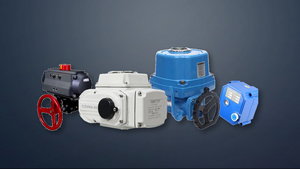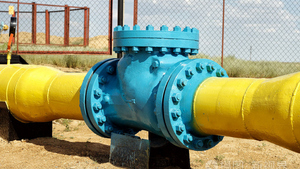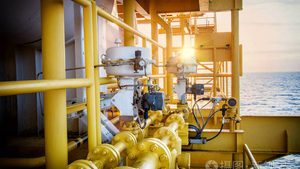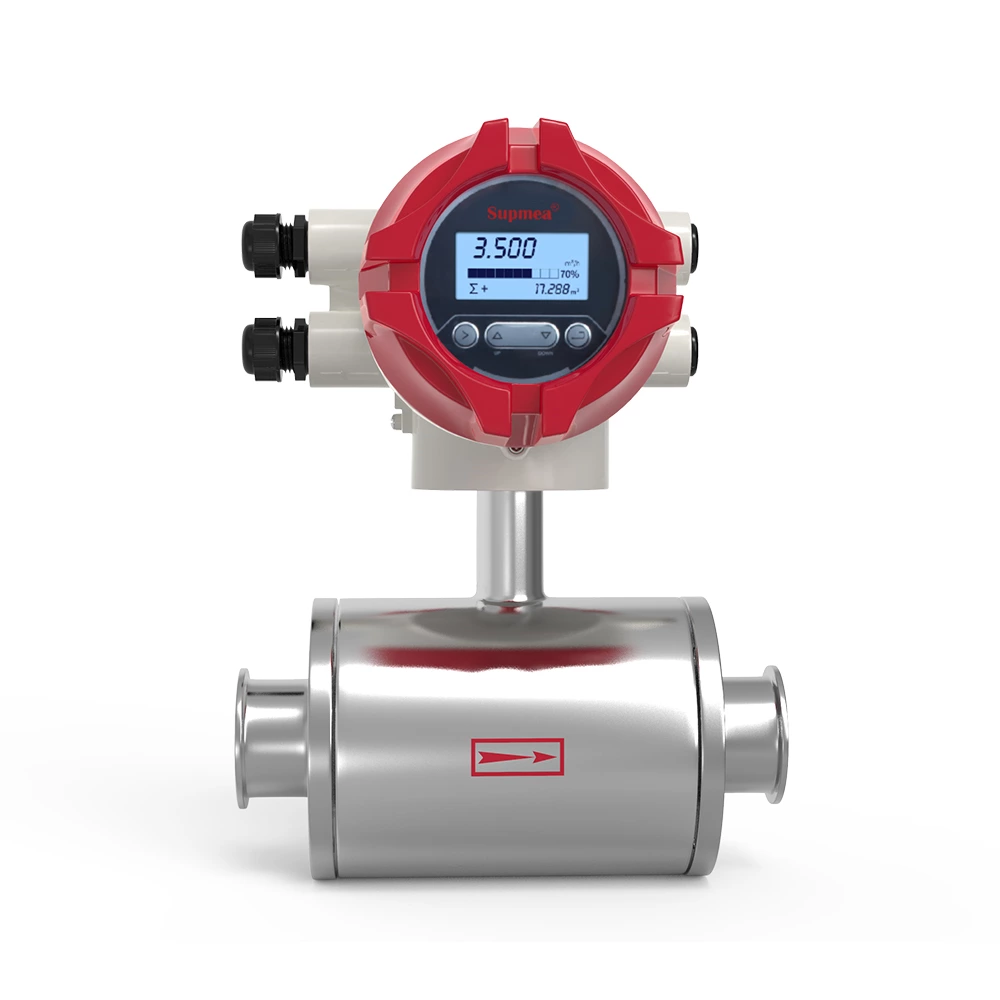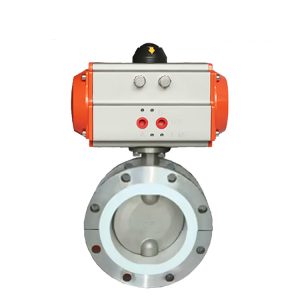COVNA LDGF Sanitary electromagnetic flow meter for food processing
COVNA LDGF Vortex flowmeter work on the principle of generated vortex and relation between vortex and flow by theory of Karman and Strouhal, which specialize in measurement of steam, gas and liquid of lower viscosity.
- Model: LDGF
- Size Range: DN15~1000
- Pressure Range: Customized
- Material: Stainless steel
- Specification
| Product | Sanitary type electromagnetic flowmeter (magnetic flow meter) |
| Model | COVNA-LDGF |
| Diameter nominal | DN15~DN100 |
| Nominal pressure | 0.6~4.0MPa |
| Accuracy | ±0.5%,±2mm/s(flowrate<1m/s) |
| Repetitiveness | 0.2% |
| Liner material | PFA, F46, Neoprene, PTFE, FEP |
| Electrode material | Stainless steel SUS316L, Hastelloy C, Titanium, |
| Tantalum, Platinum-iridium | |
| Medium temperature | Integral type: -10℃~80℃ |
| Split type: -25℃~180℃ | |
| Ambient temperature | -10℃~55℃ |
| Power supply | 100-240VAC,50/60Hz / 22VDC—26VDC |
| Electrical conductivity | Water 20μS/cm other medium 5μS/cm |
| Ingress protection | IP65, IP68(optional) |
| Product standard | JB/T 9248-2015 |
- Measuring principle
Mag meter works based on Faraday’s law, and measure conductive medium with conductivity more than 5 μs/cm and flow range from 0.2 to 15 m/s. An Electromagnetic Flowmeter is a volumetric Flowmeter that measures the flow velocity of a liquid through a pipe.
The measurement principle of magnetic flowmeters can be described as follows: when the liquid goes through the pipe at the flow rate of v with a diameter D, within which a magnetic flux density of B is created by an exciting coil, the following electromotive E is generated in proportion to flow speed v:
E=K×B×V×D
| Where: E-Induced electromotive force K-Meter constant B-Magnetic induction density V-Average flow speed in cross-section of measuring tube D-Inner diameter of measuring tube |
 |
- Application
Electromagnetic flowmeters have been used throughout industries for more than 60 years. These meters are applicable for all conductive liquids, such as: Domestic water, industrial water, raw water, ground water, urban sewage, industrial wastewater, the processed neutral pulp, pulp slurry, etc.








